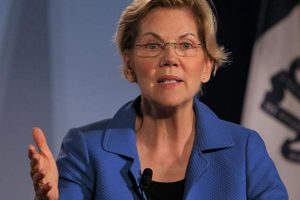India’s factory growth declined to a three-month low in September but output remained solid despite global headwinds, according to the S&P Global’s Purchasing Managers’ Index.
The S&P Global India Manufacturing PMI fell to 55.1 in September from 56.2 in August, data released on October 3 showed. It was the 15th consecutive month the figure was above the 50-mark separating growth from contraction. A reading above 50 indicates expansion in activity and a sub-50 figure is a sign of contraction.
Also Read | India’s April-August fiscal deficit at Rs 5.41 lakh crore
“The latest set of PMI data show us that the Indian manufacturing industry remains in good shape, despite considerable global headwinds and recession fears elsewhere,” said Pollyanna De Lima, Economics Associate Director at S&P Global Market Intelligence.
“There were softer, but substantial, increases in new orders and production in September, with some leading indicators suggesting that output looks set to expand further at least in the short-term as firms seek to fulfill sales contracts and replenish stocks,” she added.
Also Read | RBI MPC meet: How a repo rate hike will impact your money
Businesses also benefited from a notable moderation in price pressures, according to the report.
Input costs rose at the slowest rate since October 2020 and most firms reported no change in purchasing prices, while output charge inflation receded to a seven-month low, S&P Global said.
The report highlighted that Indian businesses become more confident in the outlook as inflation concerns subdued. The overall level of positive sentiment seen in September was the best in over seven-and-a-half years.
Also Read | 5G network limitations and difficulties for businesses
“Currency risks and the impact of a weaker rupee on inflation and interest rates could derail optimism during October,” the economist said.
India’s key inflation rate, as measured by the Consumer Price Index (CPI), dipped to 7% in August from July’s five-month low of 6.71%. The Reserve Bank of India (RBI) is now just one month away from failure, with inflation having been outside the central bank’s 2% to 6% tolerance range for all of 2022.
Also Read | SEBI tightens IPO disclosure norms, approves dividend payout reforms
The central bank is deemed to have failed if CPI inflation is outside the 2% to 6% limit for three quarters in a row. It averaged 6.3% in January-March, 7.3% in April-June, and will exceed 6% again in July-September.
The RBI has hiked interest rates sharply since early May to control inflation, in line with several central banks across the globe that are rolling back pandemic-era ultra-easy policies.
Also Read | Suzlon Energy founder Tulsi Tanti dead at 64
Sharp rate hikes by the US Federal Reserve have hurt developed and emerging market currencies over the past several weeks. The rupee has also slumped to record lows.






